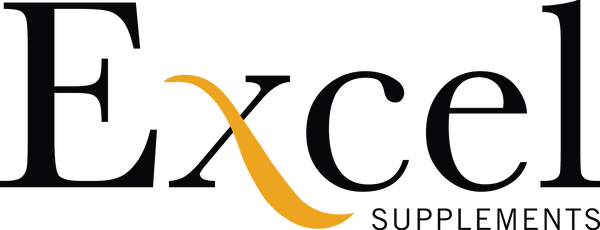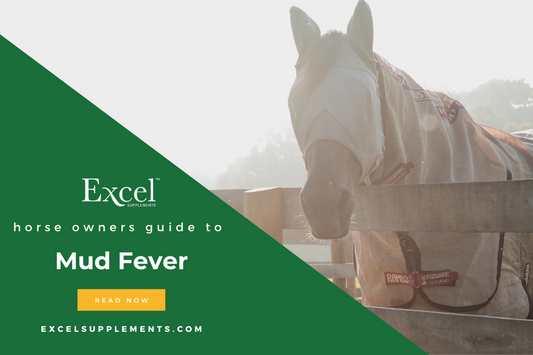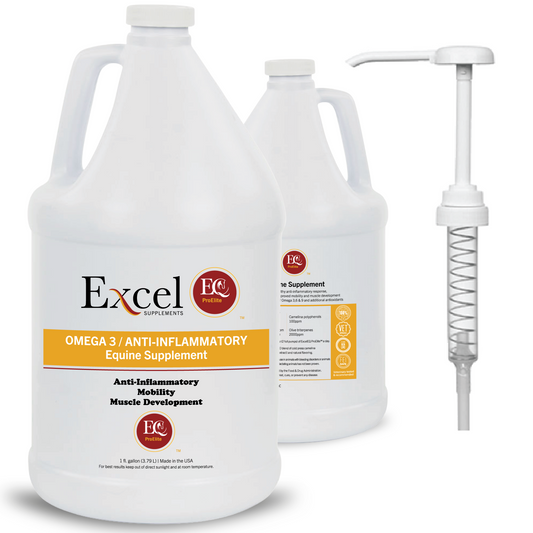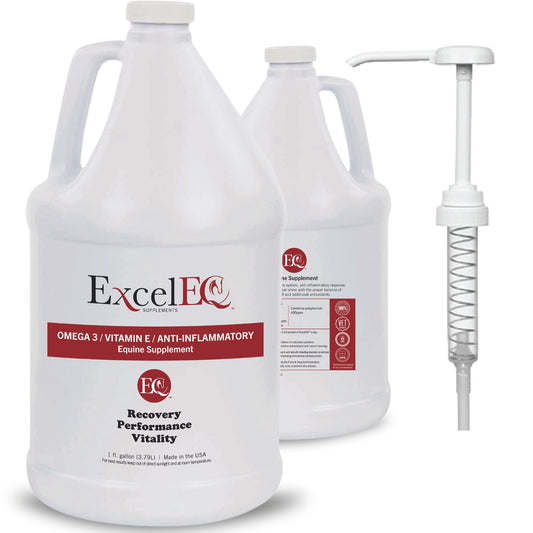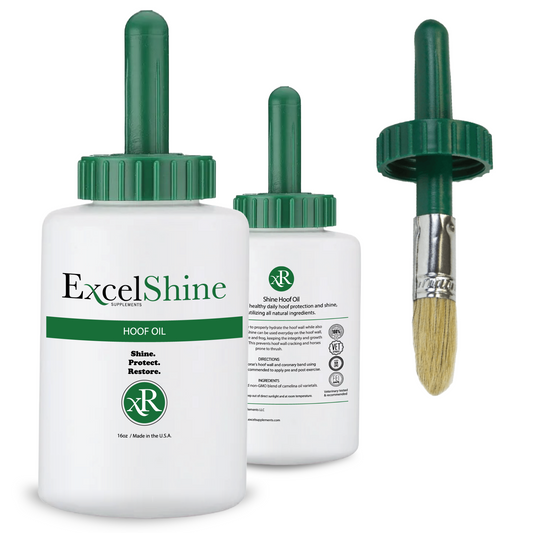Sheath Cleaning for Horses: Understanding the Debate
Share
Cleaning a horse's sheath has long been a traditional practice for horse owners. However, recent debates and research suggest that this common procedure may not be as essential as once believed. In this article, we delve into the sheath cleaning controversy, examining new findings and offering guidance on how to approach this practice in light of modern veterinary insights.
The Sheath Cleaning Controversy
Reevaluating Sheath Cleaning Practices
The debate over sheath cleaning stems from evolving veterinary perspectives. According to the American Association of Equine Practitioners (AAEP), “Cleaning a horse’s penis and the sheath (prepuce) is rarely necessary.” They caution that aggressive cleaning methods, often promoted by well-intentioned horse enthusiasts, can potentially cause more harm than good. The AAEP advises that if sheath cleaning is deemed necessary, it should be done with just water and gloves—avoiding sponges and towels to minimize disruption to the natural balance of skin bacteria.
Veterinary Insights on Sheath Cleaning
VCA Animal Hospital supports this view, noting that disrupting the natural “ecological” balance of skin bacteria can have detrimental effects. Their recommendation aligns with the AAEP’s stance that excessive cleaning is often unnecessary and could lead to adverse outcomes.
Public Perception and Sheath Cleaning Practices
Common Misconceptions and Traditional Beliefs
Many horse owners have grown up with stories about the dire consequences of neglecting sheath cleaning. These accounts often highlight severe complications resulting from poor hygiene. You may find numerous YouTube tutorials and blog posts outlining various techniques and tips for effective sheath cleaning. However, these resources sometimes perpetuate myths about the necessity and frequency of the procedure.
The Case for Veterinary Guidance
Despite these widespread practices, veterinarians argue against routine sheath cleaning, suggesting that it might not be as crucial as previously thought. Each horse's situation is unique, and while traditional advice has merit, it's essential to consider modern veterinary recommendations. Discussing your horse’s specific needs with your vet can provide a more tailored approach.
Considering the Big Picture
Comparing Wild Horses to Domestic Equines
Horses in the wild do not receive sheath cleaning, yet they thrive in their natural environment. They differ significantly from domestic horses in terms of activity levels, movement patterns, and diet. These factors contribute to the differences in sheath health and maintenance needs.
Tailoring Your Approach to Sheath Cleaning
Given the varied factors influencing each horse’s health, it is crucial to consult with your veterinarian to determine the most appropriate sheath cleaning regimen. While wild horses manage without intervention, domestic horses may have different requirements based on their lifestyle and health.
Conclusion
The debate over sheath cleaning reflects a shift towards more evidence-based practices in equine care. While traditional methods and advice have their place, modern research suggests that less frequent cleaning might be beneficial. Always consult with your veterinarian to ensure that your horse receives the best care tailored to its specific needs.
Sources:
